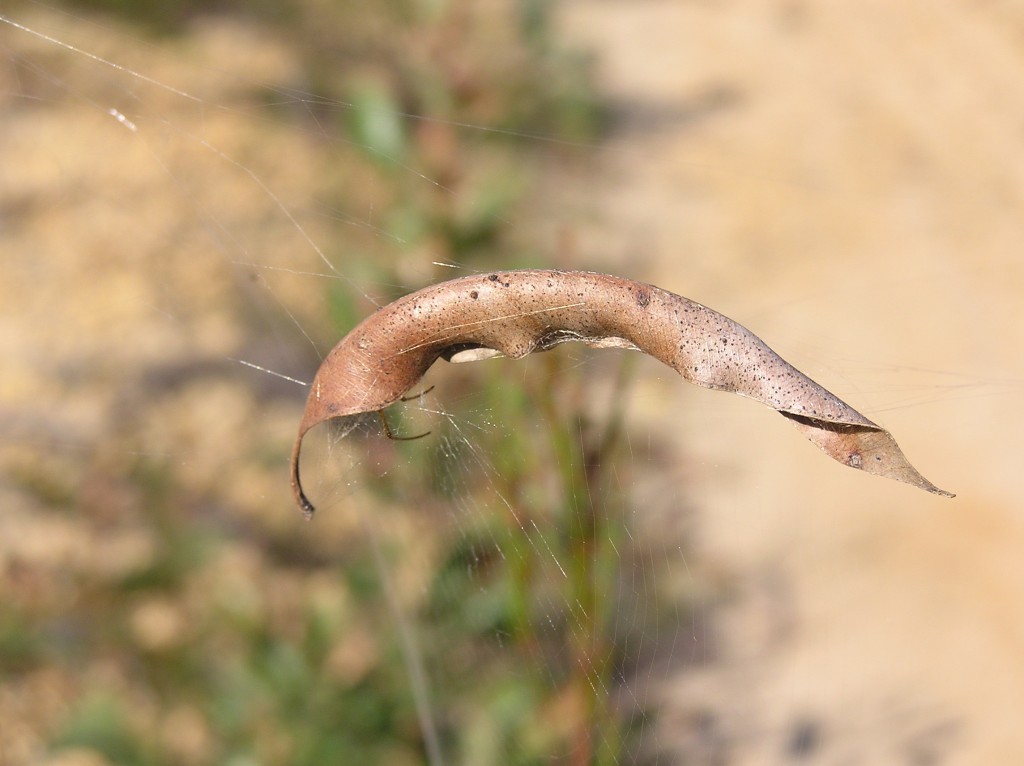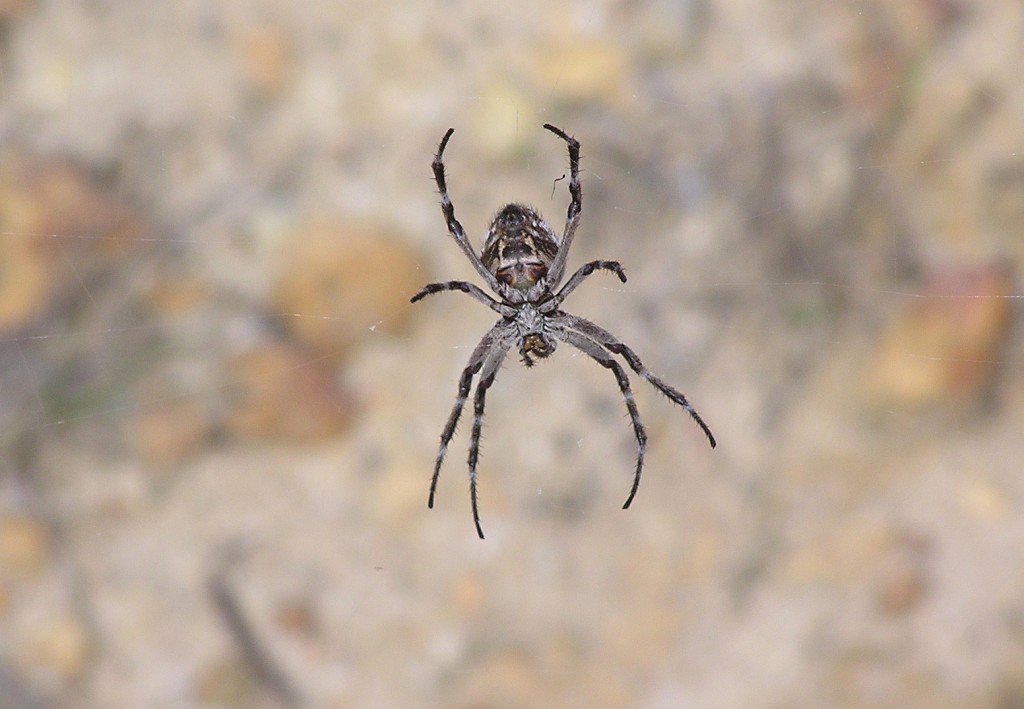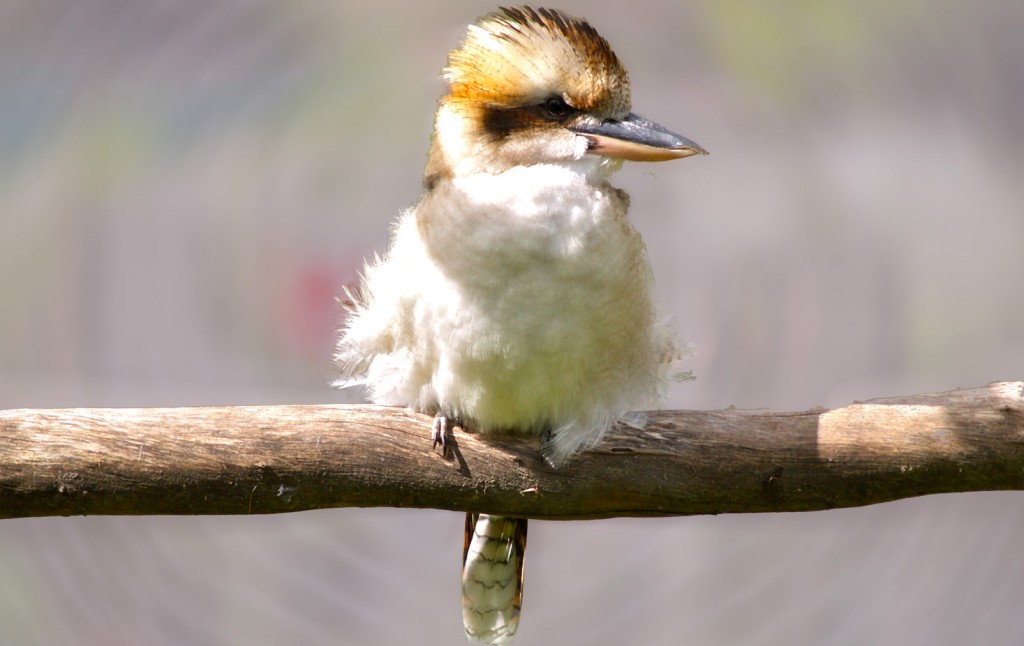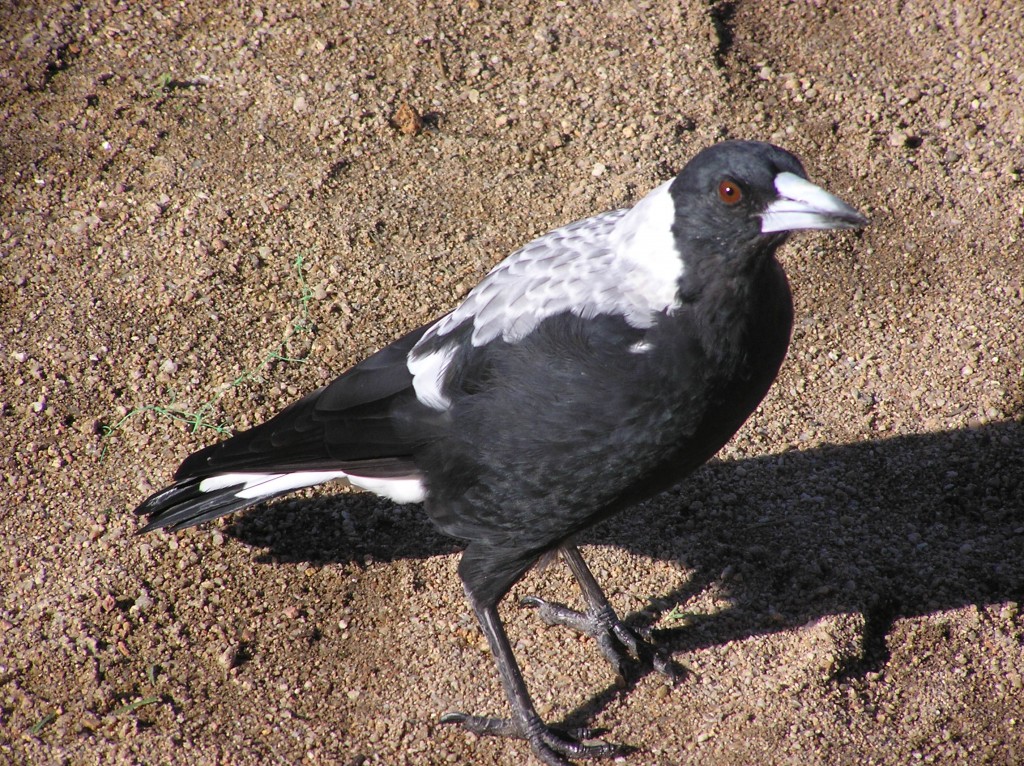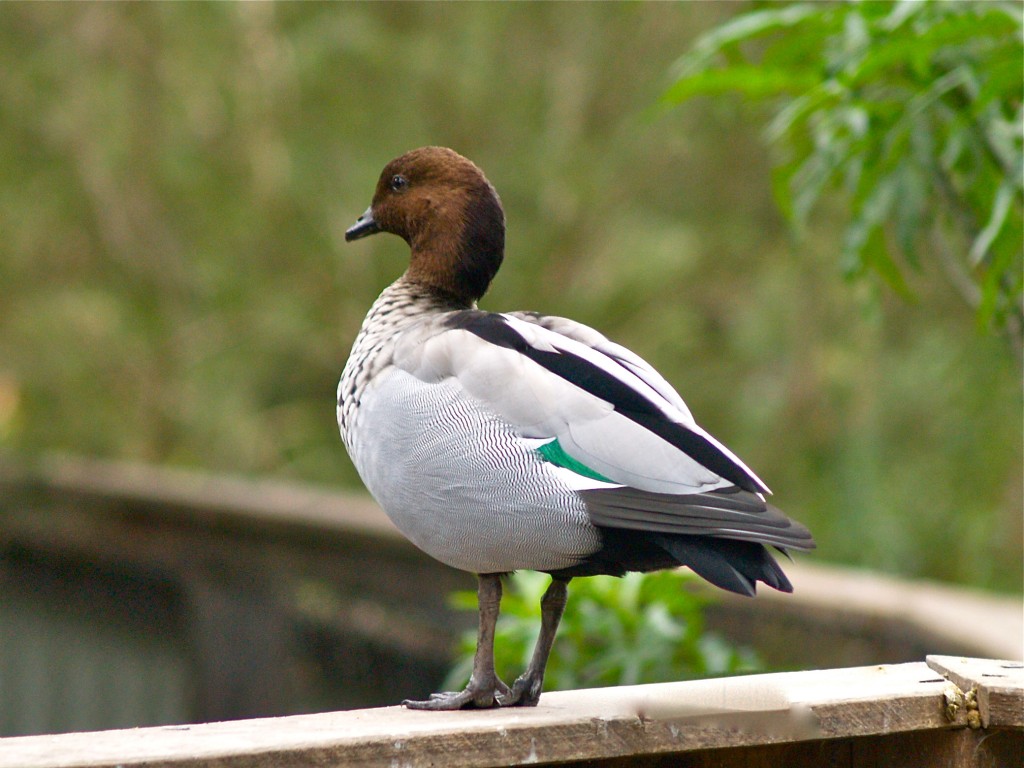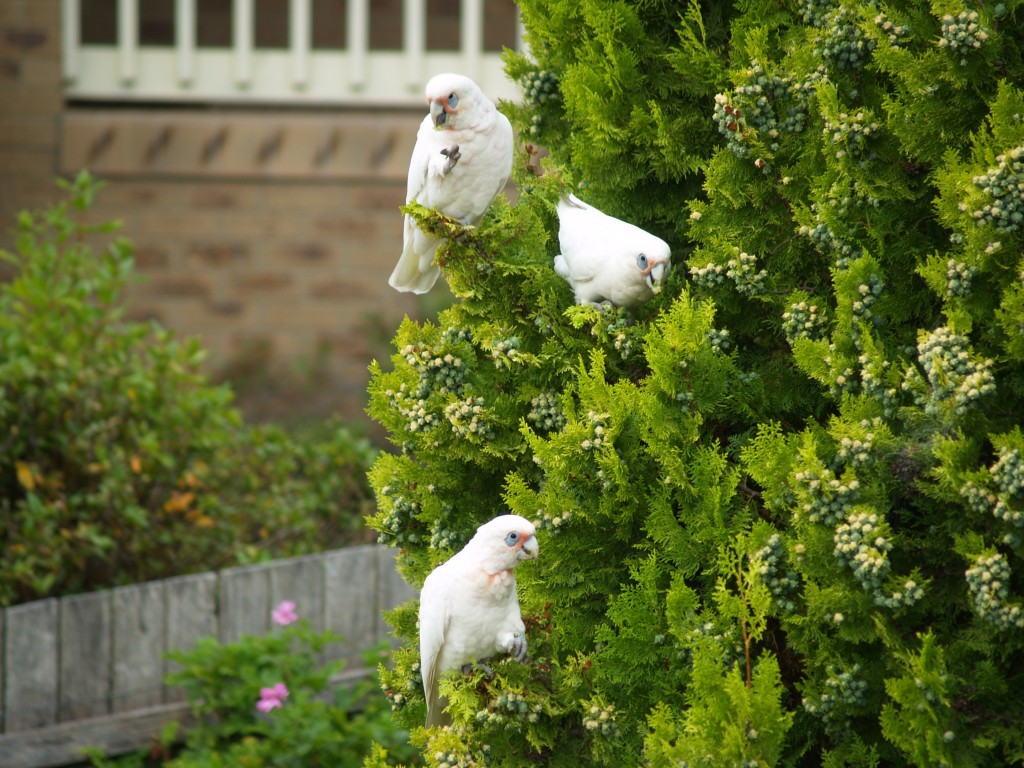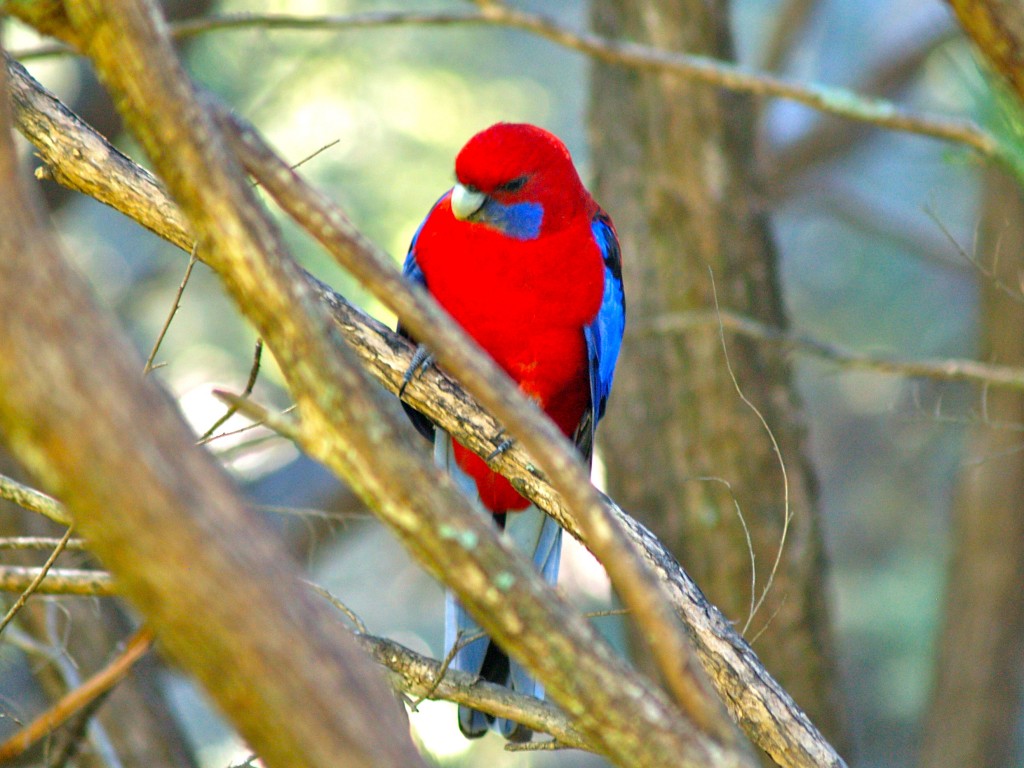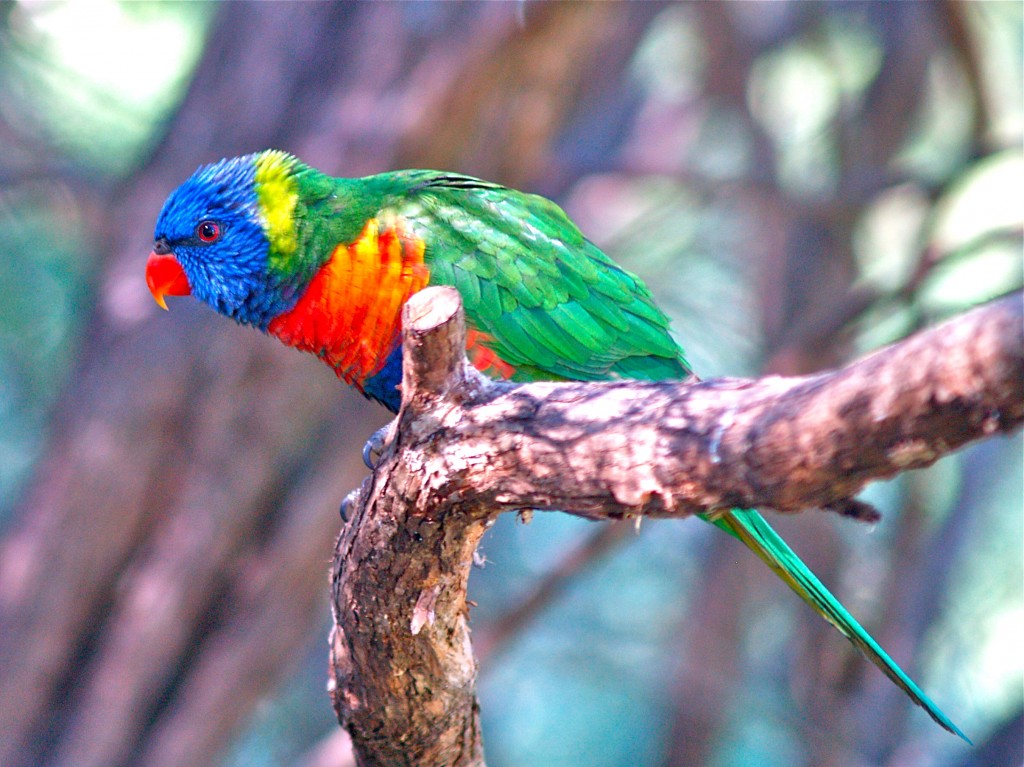This post was one off my 100th Extended Comment post. As the 99th post, the school will be receiving a copy of “Wombat’s Secret” book, two small souvenirs from Potoroo Palace (where I have taken many animal photos) and some Australian animal postcards.
Dear Riley,
Like you, I love animals and nature. I have many photos from insects and other small creatures up to large animals.
All of the photos appearing on this post were taken by me. Schools and students have permission to use them for non-commercial purposes. This means I am letting schools and students use these photos in their school work.
I have created a post for you so I can re-show a number of animal pictures appearing in assorted posts on this blog...
This is a photo of a female swamp wallaby (marsupial mammal). She thought I might have some food for her. The photo is one of my top favourites because she seems to be smiling at me. 🙂
Schools and students have permission to use this graphic for non-commercial, educational purposes.
Location: Potoroo Palace, N.S.W., Australia
Eastern Grey Kangaroo (marsupial mammal). He stood nearly 6 ft (175cm) tall.
Schools and students have permission to use this graphic for non-commercial, educational purposes.
Location: Bournda National Park, N.S.W., Australia
"Blinky" is a male koala (marsupial mammal) living at a local animal sanctuary named Potoroo Palace.
Schools and students have permission to use this graphic for non-commercial, educational purposes.
Location: Potoroo Palace, N.S.W., Australia
Suzie is Potoroo Palace's female koala (marsupial mammal). You can see females have a much whiter front than males.
Schools and students have permission to use this graphic for non-commercial, educational purposes.
Location: Potoroo Palace, N.S.W., Australia
Leaf curling spider (arachnid). You can see its legs at one end of the leaf.
Schools and students have permission to use this graphic for non-commercial, educational purposes.
Location: Bournda National Park, N.S.W., Australia
If we take the time to look, spiders can be beautiful.
Schools and students have permission to use this graphic for non-commercial, educational purposes.
Location: Bournda National Park, N.S.W., Australia
This painted lady butterfly (Lepidoptera) was trying to warm itself one morning.
Schools and students have permission to use this graphic for non-commercial, educational purposes.
Location: Bournda National Park, N.S.W., Australia
The blue-tongued skink (lizard) isn't fast moving. I have found them in my garden.
Schools and students have permission to use this graphic for non-commercial, educational purposes.
Location: Bournda National Park, N.S.W., Australia
The kookaburra whose call sounds like it's laughing.
Schools and students have permission to use this graphic for non-commercial, educational purposes.
Location: Potoroo Palace, N.S.W., Australia
Magpies can sometimes be aggressive. Although most don't, some birds swoop down on people and animals they think are threats. This one didn't seem to mind me taking a photo.
Schools and students have permission to use this graphic for non-commercial, educational purposes.
Location: Merimbula, N.S.W., Australia
Australian Wood Duck - One of our prettiest native ducks, this is a male
Schools and students have permission to use this graphic for non-commercial, educational purposes.
Location: Potoroo Palace, N.S.W., Australia
Corellas - Corellas can arrive in large flocks but in this case three arrived on one of my trees
Schools and students have permission to use this graphic for non-commercial, educational purposes.
Location: Merimbula, N.S.W., Australia
Crimson Rosella - Their call is like a single not from a piccolo
Schools and students have permission to use this graphic for non-commercial, educational purposes.
Location: Potoroo Palace, N.S.W., Australia
Emu - not quite as large as an ostrich. Did you know the male ostrich looks after the young, not the female?
Schools and students have permission to use this graphic for non-commercial, educational purposes.
Location: Potoroo Palace, N.S.W., Australia
Wombat (marsupial mammal) - They are not normally out in the day. They prefer dusk and night but I saw this guy while hiking one day.
Schools and students have permission to use this graphic for non-commercial, educational purposes.
Location: Yellowpinch, N.S.W., Australia
The black-headed python is non-poisonous.
Schools and students have permission to use this graphic for non-commercial, educational purposes.
Location: Potoroo Palace, N.S.W., Australia
Alexandra, a volunteer at Potoroo Palace, hows visitors "Olivia" the olive python. Being a python, Olivia is non-poisonous. On my hikes, I have seen three very poisonous snake, the red-bellied black snake, the brown snake, and the tiger snake but I don't have any photos at this time.
Schools and students have permission to use this graphic for non-commercial, educational purposes.
Location: Potoroo Palace, N.S.W., Australia
Rainbow Lorikeet - These birds live on flower nectar. With such a high sugar diet, they are very noisy and a little crazy when they visit my garden.
Schools and students have permission to use this graphic for non-commercial, educational purposes.
Location: Potoroo Palace, N.S.W., Australia
Echidna or spiny ant eater (Monotreme mammal) - Like the platypus, the females lay eggs from which the young hatch. The mother's have glands on their skin that can secrete milk. Just like all mammals, the young have milk to drink. I once found one of these guys in my garden and have seen them a number of time in the wild.
Schools and students have permission to use this graphic for non-commercial, educational purposes.
Location: Potoroo Palace, N.S.W., Australia





